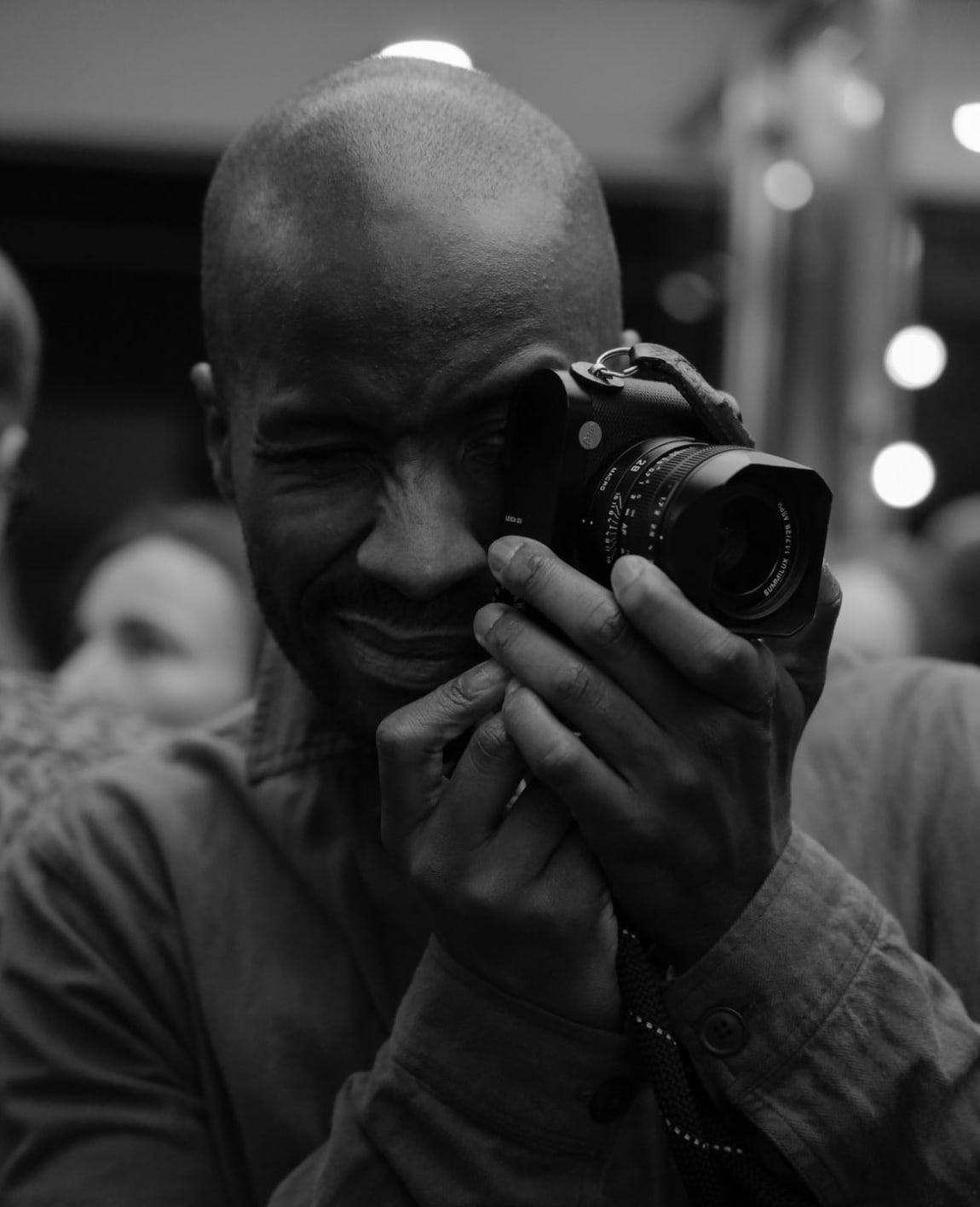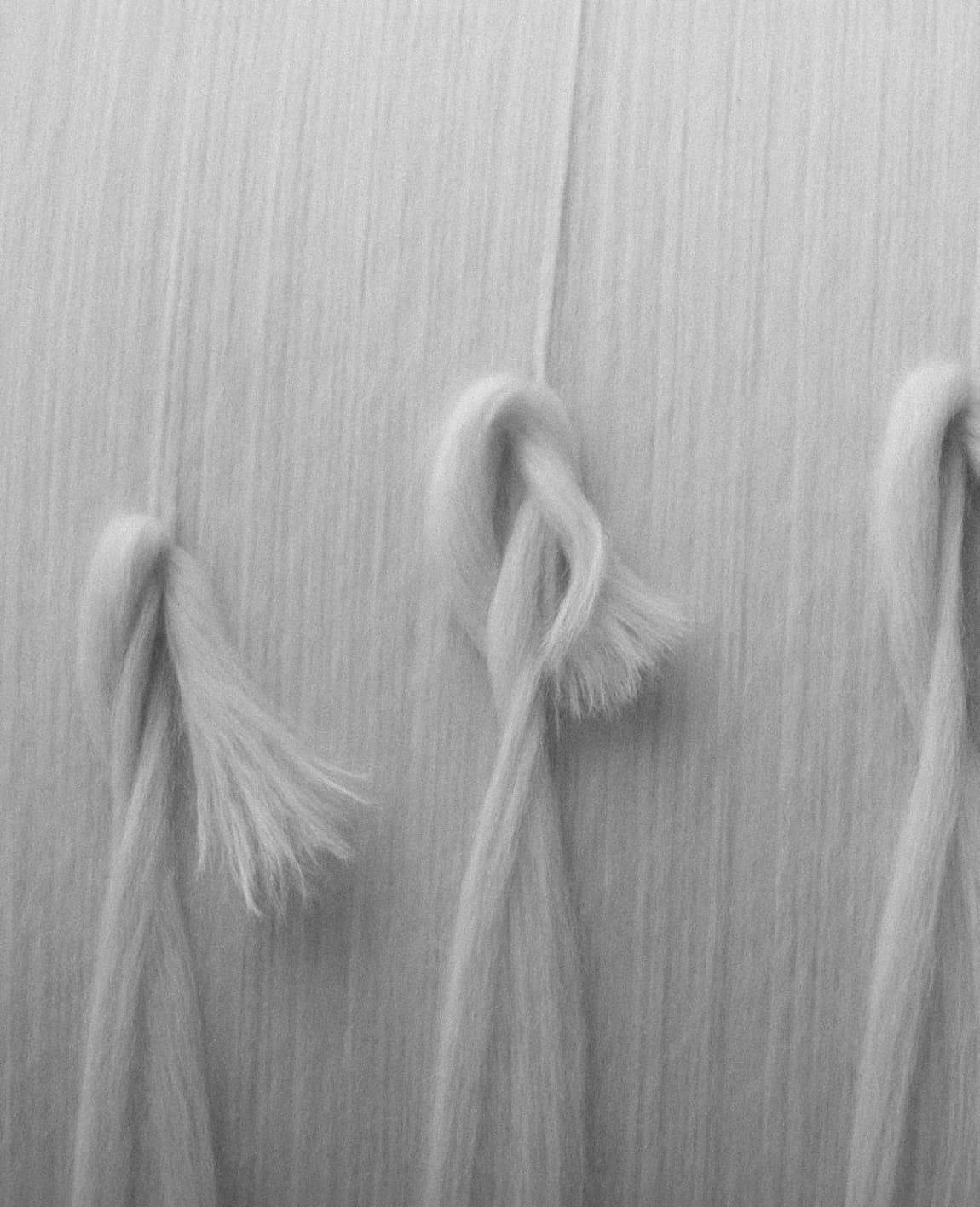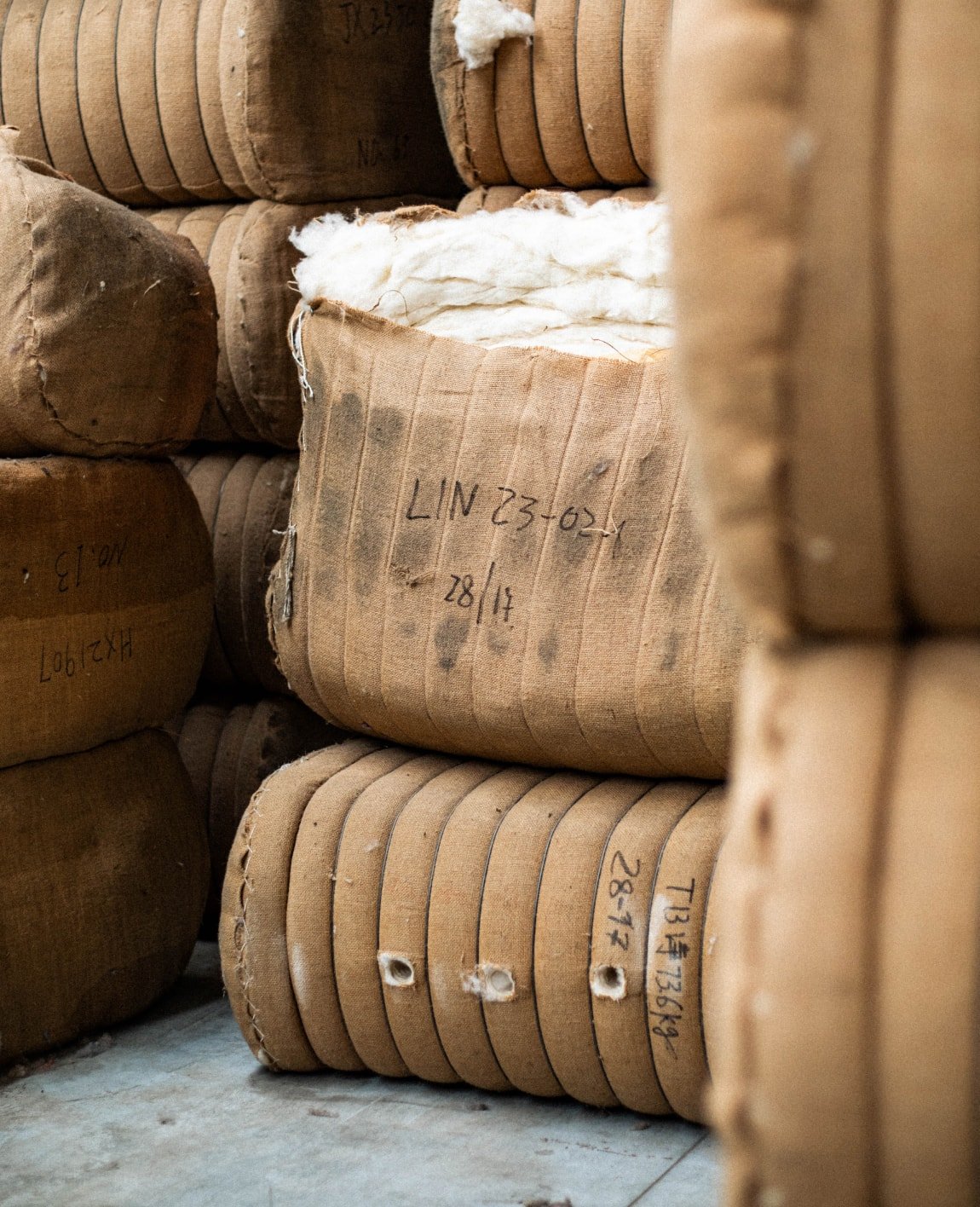Oxford Shirt 101
The evolution of an everyday classic
Few garments have managed to stay relevant for more than a century quite like the Oxford shirt. Equal parts structure and ease, it’s the shirt that quietly does it all.
Such a legacy comes with a great story. Let’s dive in.

From Scottish weavers to polo fields
Despite its name, the Oxford didn’t begin in the university town at all, but in the textile mills of early 19th-century Scotland. Weavers experimenting with new cotton constructions named their fabrics after prestigious universities, such as Harvard, Yale, Cambridge, and Oxford. Only one survived. The Oxford weave – a distinctive basket structure – proved the perfect hybrid: strong yet breathable, crisp but never rigid. Each square in the Oxford’s basket weave catches light differently, giving the fabric its signature matte-meets-sheen finish.
Its next chapter unfolded on the polo fields of the British Empire. Players needed shirts that could handle heat, dust, and movement without falling apart. The Oxford cloth delivered. When collars started to flap mid-match, players stitched on small buttons to keep them in place – a practical tweak that became one of the shirt’s defining features.

Brooks Brothers and the American reinvention
Some years later, John E. Brooks (grandson of the Brooks Brothers founder) attended a polo match in England and noticed those buttoned collars. Back in New York, he adapted the idea into a new kind of shirt: softer, sportier, and far more comfortable than the stiff, detachable-collar dress shirts men were used to.
He called it the “polo shirt,” though the term would later shift to describe René Lacoste’s short-sleeved version for tennis (more on that here). Brooks’ long-sleeved Oxford became known instead as the Oxford Cloth Button-Down, or OCBD. Brooks also introduced a small box pleat at the back – a central fold of fabric that allowed greater freedom of movement.
The OCBD moved from the field to the office, and then to the American college campus. By the mid-20th century, it had become a cultural uniform: Paul Newman between takes, Miles Davis at the Village Vanguard, Fred Astaire with his tie slightly askew. The Oxford became culturally codified and part of the mainstream. You could even argue it was a defining garment that allowed for a more “dressed down” men’s wardrobe to flourish.

Fred Astaire © classic film scans
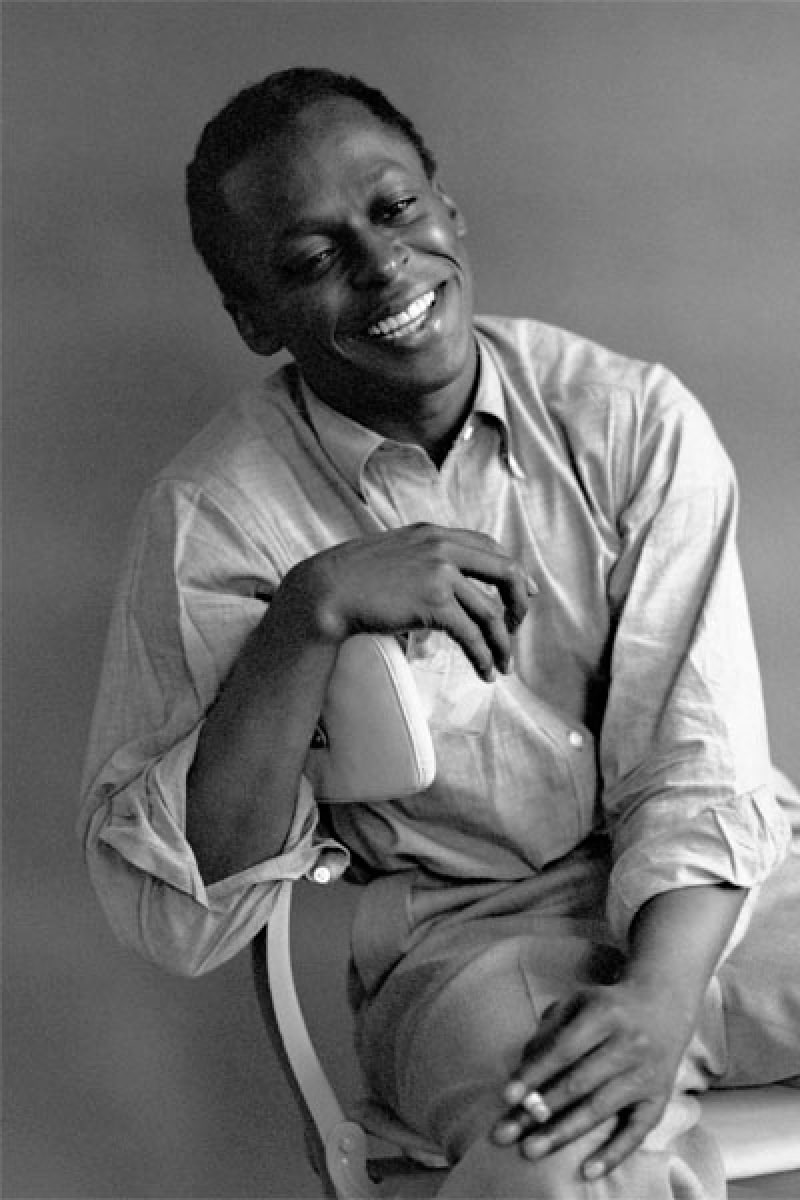
Miles Davis © Tom Palumbo
Color and character
The Oxford isn’t shouty. Its charm lies in understatement. Traditionally found in soft shades of white, blue, or grey, its basket weave gives it texture and depth that flat poplin can’t match. For a touch of character, it also shines in fine stripes – confident without trying too hard.
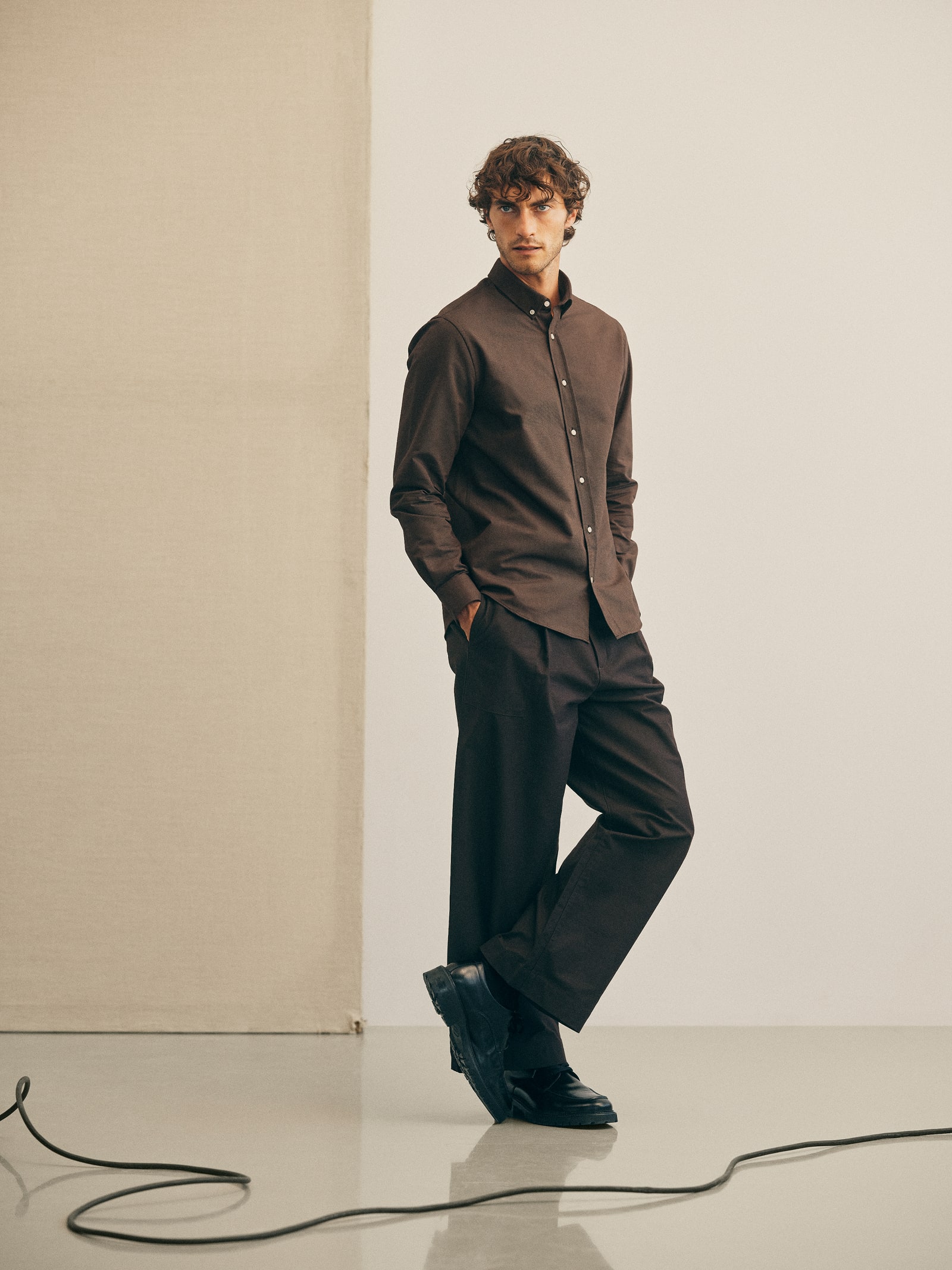
How to wear it
Part of what makes the Oxford timeless is how natural it looks in such a varied array of fits. It’s just as at home under a sports coat as it is open over a T-shirt. Pair it with chinos and loafers for something pulled-together, or with denim for a more relaxed edge. Go the extra mile with a color-contrasting repp tie if you want to embrace the full preppy look.
Best of all, the Oxford can look equally on-point relaxed and untucked as it can shaped and tucked in.
Our take on the Oxford Shirt
At Son of a Tailor, we’ve designed an Oxford that honors its heritage while feeling unmistakably modern. Now in its third iteration, it features a slightly thicker fabric (up by 30 g/m2) for an improved drape and feel. As always, it’s available in our 24 standard sizes or fully custom – and always made to order.
The result is a shirt built for everyday wear: soft, structured, and easy to throw on. More details:
- Classic weave, modern feel – 100% organic cotton woven in the traditional Oxford cloth structure, softening beautifully with wear.
- Heavyweight at 180 g/m²: solid but never stiff, perfect on its own or layered.
- Just the right amount of prep – A button-down collar and angled cuffs lend that timeless Ivy touch, balanced by a clean, unfussy fit.
- Ease in movement – A back box pleat ensures natural comfort, just as the original OCBD intended.
- Contemporary silhouette – Slimmer and sharper than the billowy cuts of the 1950s. It’s still relaxed, but neatly proportioned to move with you, not around you.
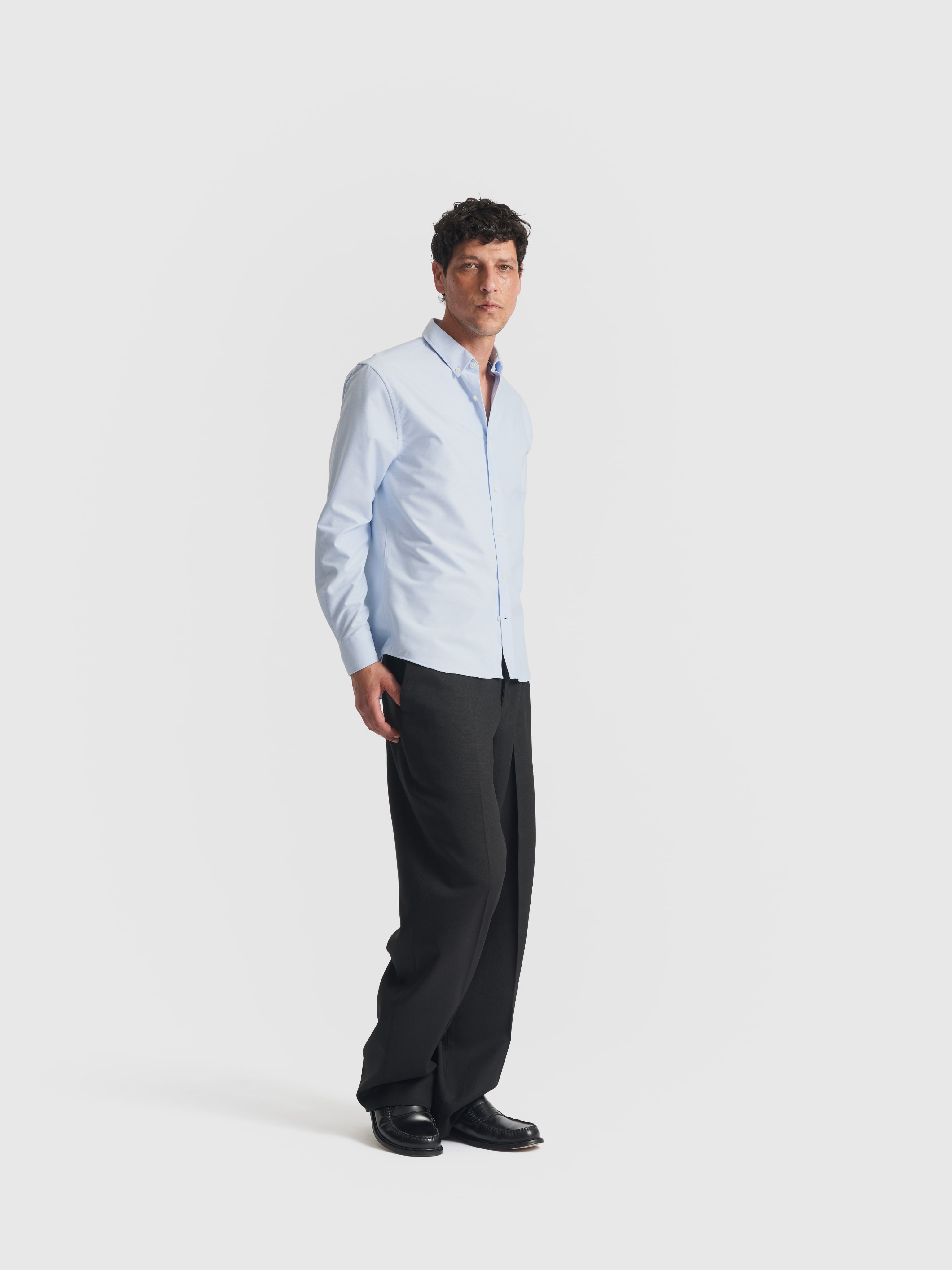

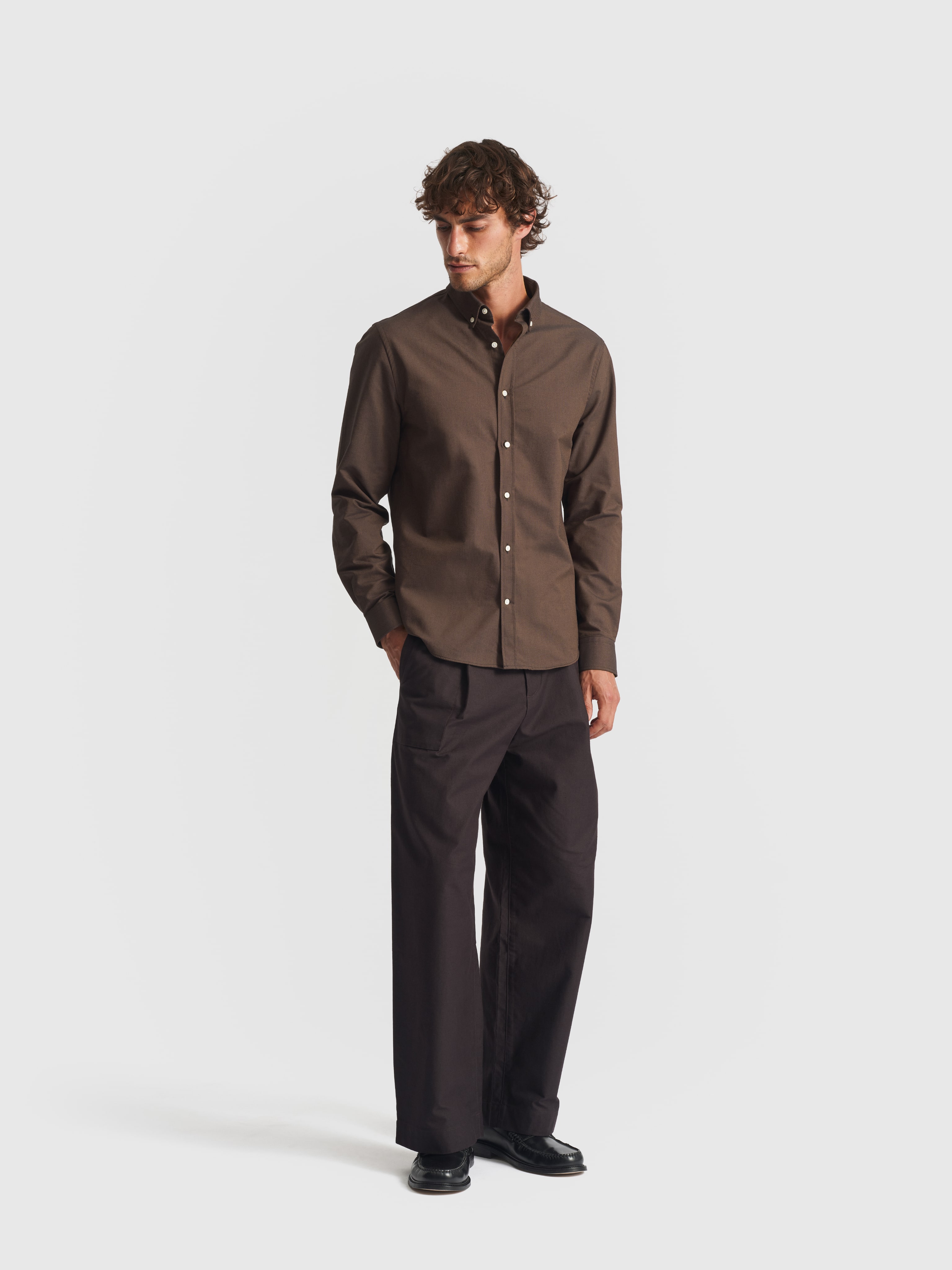
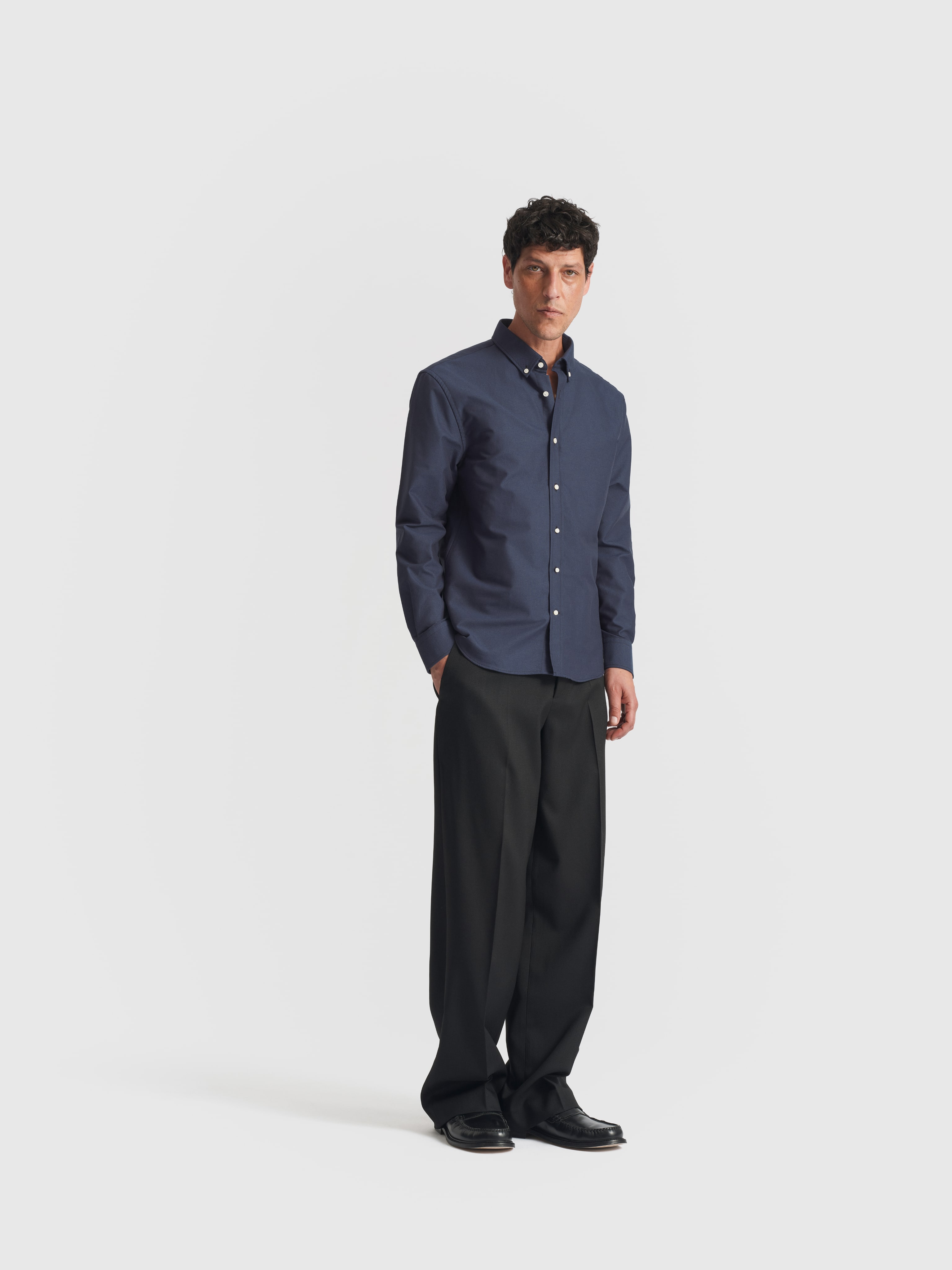
For now, our Oxford currently comes in white, navy, pale blue, and brown, a deliberately tight palette that covers the full spectrum of a modern wardrobe.
Every one of our Oxford Shirts is produced by Mindshirt, our trusted manufacturing partner in Torres Vedras, Portugal. This family-run factory of 36 skilled craftspeople operates with precision and pride. And, the result of all their hard work is an Oxford that feels broken-in from the first wear and only gets better over time.
Want to dig deeper into what makes our materials exceptional? Explore our 101 guides to the world's best cotton, Supima, and Lyocell – the innovative fiber made from wood pulp.
